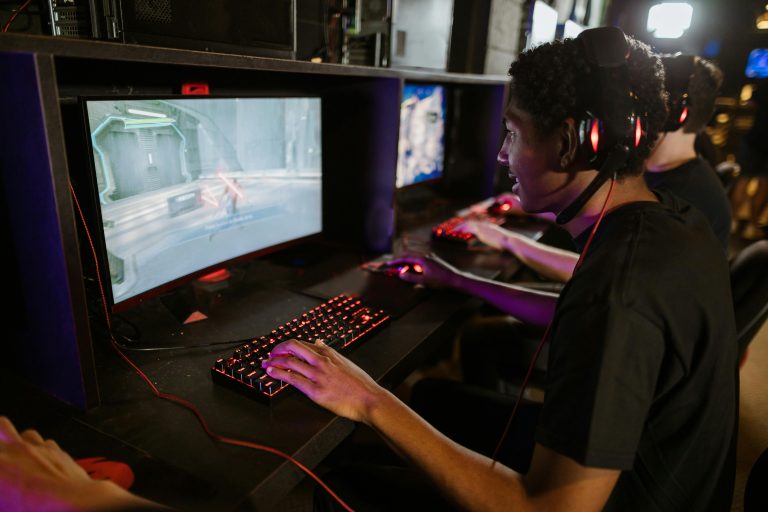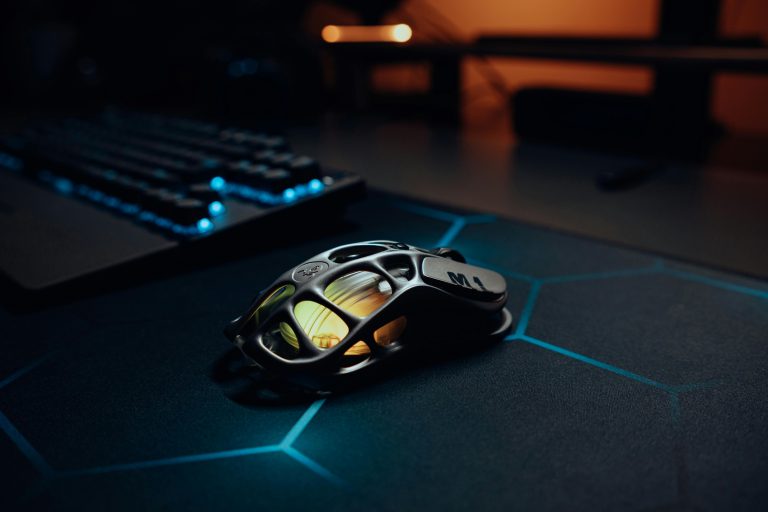
There’s nothing more frustrating than pulling off an incredible, once-in-a-lifetime play in your favorite game, only to find your recording is a stuttering, laggy mess. You were there, you lived it, but the proof is buried under dropped frames and audio desync. For aspiring content creators, this technical hurdle can be a dream killer. But here’s the good news: recording smooth, high-quality gameplay is entirely achievable. It’s not about having the most expensive PC on the planet; it’s about understanding the right settings, tools, and optimizations. This ultimate guide will walk you through everything you need to know to record buttery-smooth gaming videos without sacrificing your in-game performance.
Understanding the Root Cause: Why Does Recording Cause Lag?
Before we fix the problem, we need to understand it. At its core, lag during recording happens because your computer is trying to do two demanding tasks at once: run the game and record it. Both of these tasks are incredibly resource-intensive, fighting for your CPU, GPU, and storage drive’s attention.
The main culprits are:
- CPU Overload: Software encoding (using your computer’s processor) is very effective but can easily max out your CPU, causing both the game and the recording to stutter.
- GPU Overload: Even with hardware encoding, if your graphics card is already running your game at 99% usage, asking it to also handle recording can be the final push that causes performance to tank.
- Slow Storage: Recording, especially at high resolutions and bitrates, writes a massive amount of data every second. If your hard drive (HDD) is too slow to keep up, it will cause frames to be dropped, resulting in a choppy video.
- Incorrect Settings: Using a resolution, frame rate, or bitrate that your hardware simply cannot handle is a primary cause of laggy recordings.
Choosing Your Weapon: The Best Software for Lag-Free Recording
Your choice of recording software is crucial. While many options exist, a few stand out for their performance and efficiency.
OBS Studio (Open Broadcaster Software)
This is the undisputed king of free recording and streaming software. Its power lies in its deep customization and support for advanced encoders. It’s our top recommendation for most users due to its zero cost and professional-grade feature set.
NVIDIA ShadowPlay
If you have an NVIDIA GTX or RTX graphics card, this is an incredible option. It’s baked right into the GeForce Experience software. Its key feature, “Instant Replay,” constantly records in the background with a minimal performance hit, allowing you to save the last few minutes of gameplay with a hotkey. It’s incredibly efficient and user-friendly.
AMD ReLive
AMD’s answer to ShadowPlay is just as capable. Available to users with AMD Radeon graphics cards, ReLive offers similar background recording and instant replay features with a very low impact on gaming performance.
The Magic Bullet: Mastering Your Encoder Settings
This is the most important section. Configuring your encoder correctly is the single biggest factor in eliminating lag.
1. Use Hardware Encoding (NVENC, AMF, or Quick Sync)
Forget software encoding (x264). Instead, offload the recording workload to your dedicated graphics card.
- NVENC (NVIDIA): Modern NVIDIA encoders (especially on RTX 20-series and newer) are exceptional, offering quality rivaling software encoding with a tiny performance cost. In OBS, set your encoder to “NVIDIA NVENC H.264 (new)” or “HEVC” for even better efficiency.
- AMF (AMD): AMD’s hardware encoder is also very efficient. Select “AMD HW H.264” or “HEVC” in your recording software.
- Intel Quick Sync: If you have a modern Intel CPU with integrated graphics, this is a great option to save your dedicated GPU’s power for the game.
2. Dial in the Right Bitrate
Bitrate is the amount of data used per second of video. Too low, and your video looks blocky. Too high, and you overwhelm your system.
- For 1080p 60fps, a bitrate between 20,000 and 40,000 Kbps is a great starting point.
- For 1440p 60fps, aim for 30,000 to 50,000 Kbps.
- For 4K 60fps, you may need 50,000 to 80,000 Kbps or higher.
If you’re recording for editing later, consider using a Constant Quality (CQ) setting (like CQP in OBS) instead of a fixed bitrate. This allocates more data to complex scenes and less to simple ones, providing optimal quality for the file size.
3. Match Your Game’s Resolution and Frame Rate
There’s no need to record at 4K if your game is running at 1080p. Always set your recording resolution and frame rate (e.g., 60 FPS, 120 FPS) to match your in-game settings. This prevents unnecessary scaling and resource usage.
Optimizing Your PC for Peak Recording Performance
Fine-tune your system to ensure it’s ready for the dual workload.
- Game Mode IS On: In Windows 10/11, enable Game Mode. It helps prioritize resources for your game.
- Record to a Separate SSD: This is a game-changer. Never record to the same drive your game is running on. Use a fast secondary SSD (SATA or NVMe) as your recording destination. This eliminates storage bottlenecks.
- Close Background Applications: Web browsers, especially Chrome with its high memory usage, Discord overlays, and other apps can steal precious CPU and GPU cycles. Close everything you don’t need.
- Update Your Drivers: Always keep your graphics card drivers up to date. Companies like NVIDIA constantly optimize performance for new games and their encoders.
Troubleshooting: What to Do If You Still Have Lag
If you’ve followed all the steps and still see issues, here’s your checklist:
- In OBS, run the Auto-Configuration Wizard (Tools > Auto-Configuration Wizard).
- Check for rendering or encoding lag warnings in OBS. They will tell you if your GPU or CPU is overloaded.
- Cap your in-game frame rate slightly below your monitor’s maximum refresh rate. This ensures your GPU isn’t running at an unnecessary 100% load, freeing up headroom for recording.
- Lower in-game graphics



